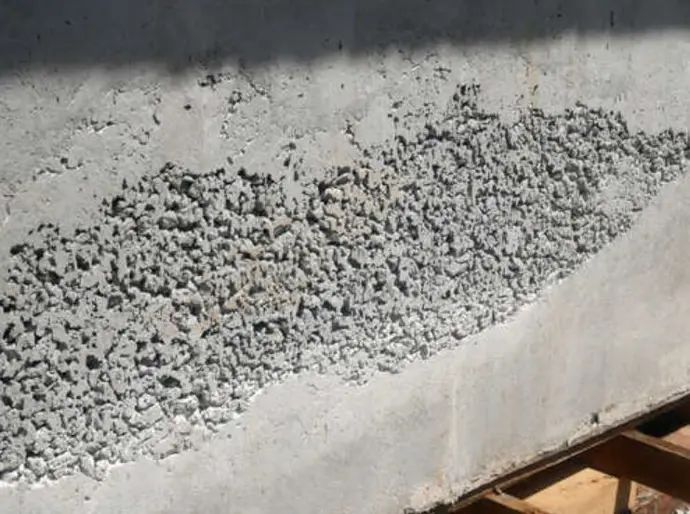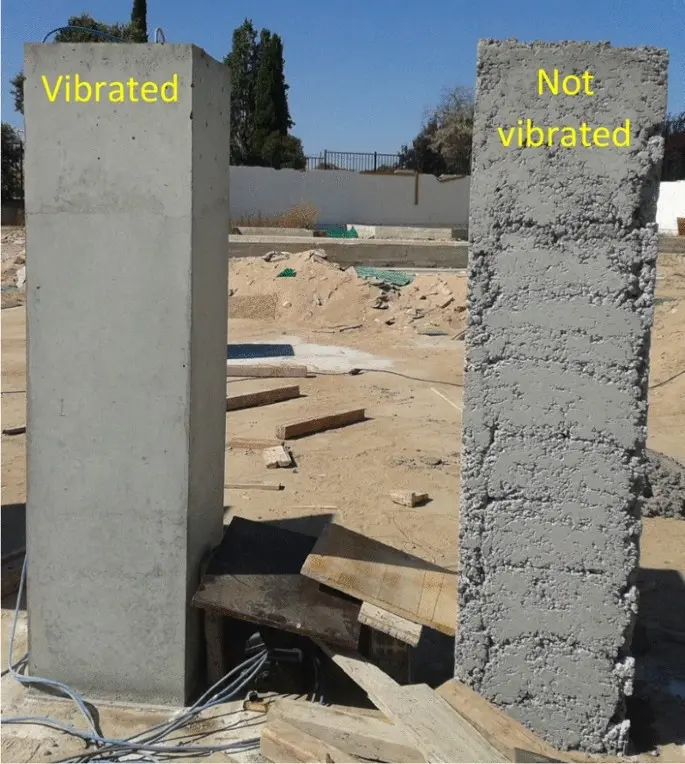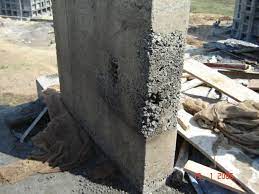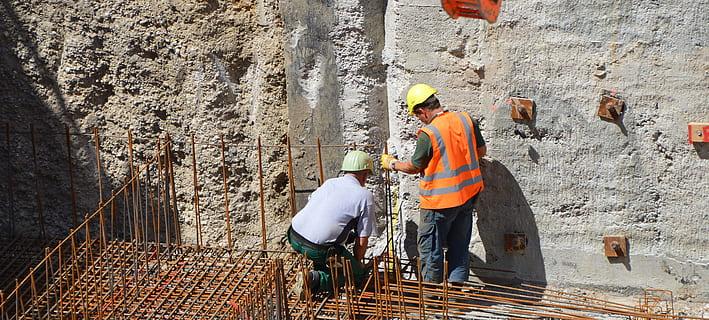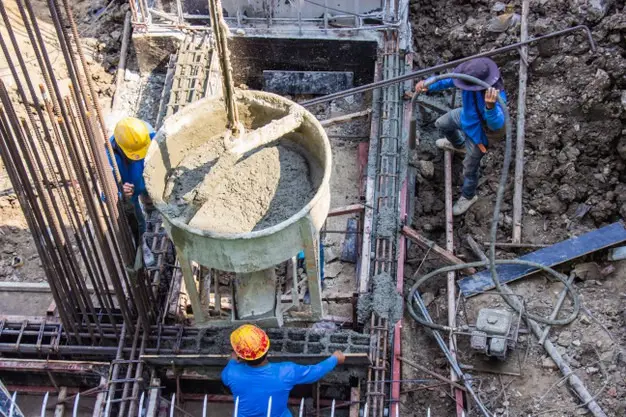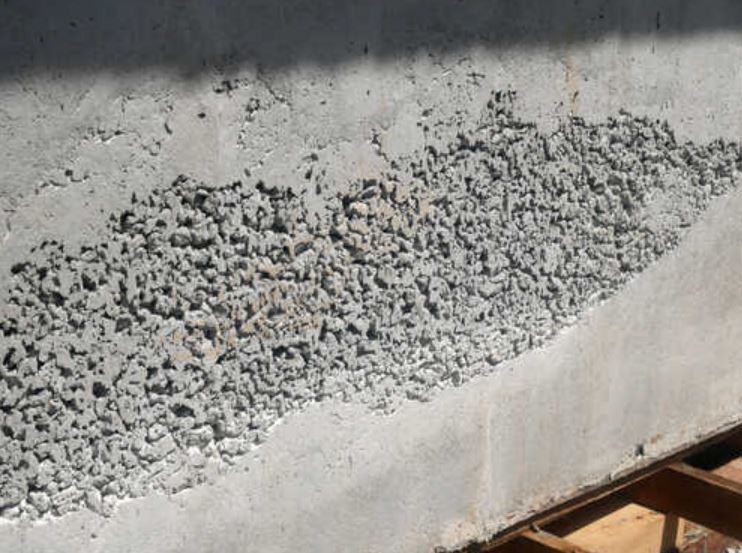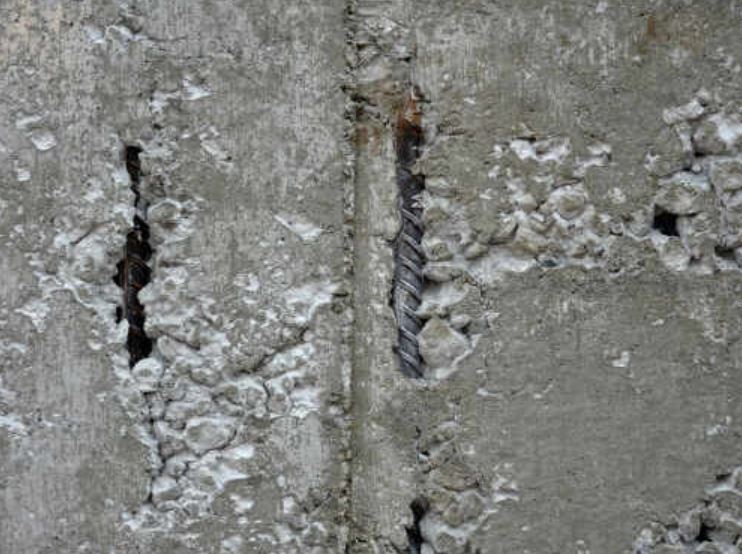Introduction
Honeycombing in concrete can be a major concern that may affect structural visual appearance of surfaces and it can also compromise the structural strength and durability. In this article get the insight to ensure concrete structures are visually stunning and sturdy.
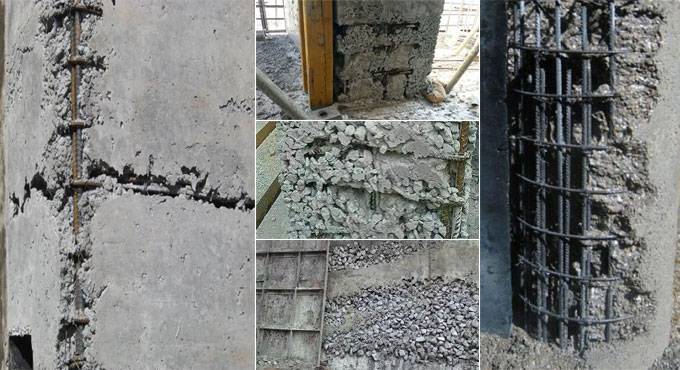
Key Notes
Identify the causes such as poor pouring placement practice, poor compaction, formwork issues, improper mixture, curing lapses.
Understanding small, medium and large honeycombing is important for better understanding the severity for the structural impact and to choose remedial strategies accordingly depending on the severity of honey combing.
Honeycombing, caused by voids cavities, not only affect visual appearance it also affects the structural strength.
Common Causes of Honeycomb in Concrete
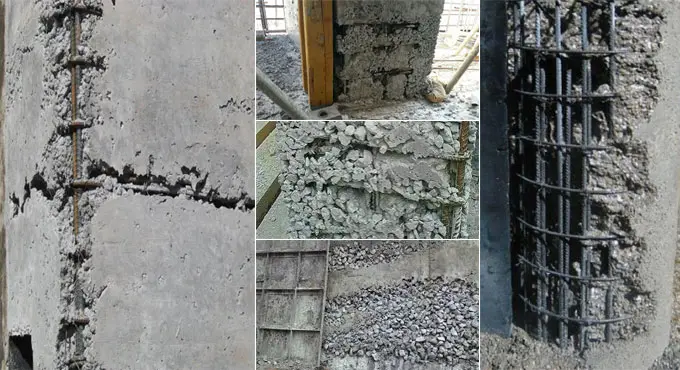
Improper curing
If the concrete is not cured properly, it can lead to the formation of cracks and voids, including honeycombing. Proper curing is essential to ensure that the concrete gains strength and durability.
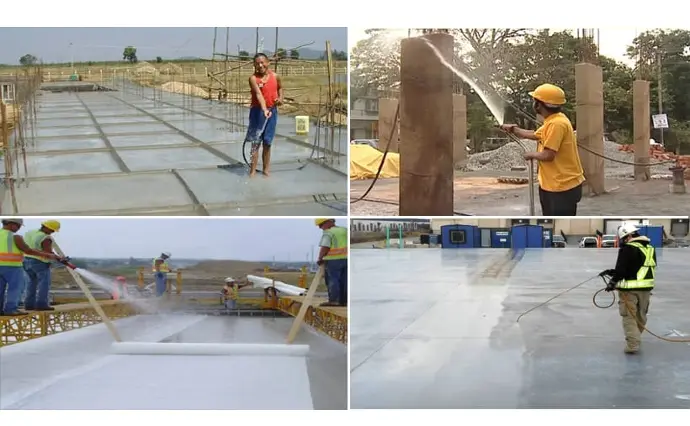
Placement issues
Improper placement techniques, such as pouring concrete from too high of a distance or using improper equipment, can also cause honeycombing. It is important to identify and address the root causes of honeycomb in concrete to ensure that the finished product is structurally sounds and durable.

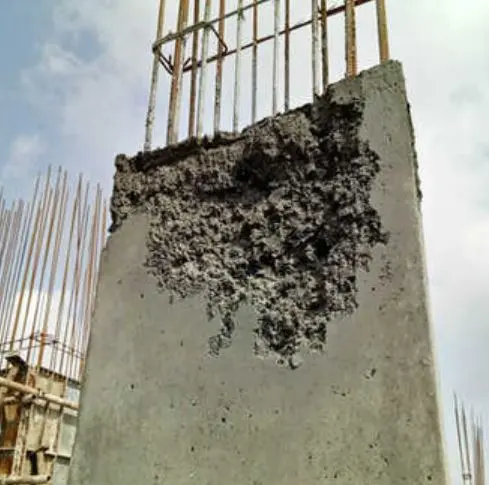
Type of Honeycomb in Concrete
Honeycombing in concrete refers to voids or cavities that are left in the hardened concrete due to incomplete filling of the formwork or improper compaction of the concrete. Honeycombing can occur in varying sizes, from small to medium to large.
Small Honeycombs
Small honeycombs in concrete are typically less than 10mm in size and can be caused by minor voids or surface irregularities that are left after the concrete is placed and compacted. These small honeycombs are generally not a structural concern but can affect the aesthetic appearance of the finished product.
Medium Size Honeycomb
Medium-sized honeycombs in concrete are typically between 10mm and 50mm in size and can occur due to issues such as insufficient vibration during compaction or poor formwork installation. These honeycombs can reduce the strength and durability of the concrete and may require remediation to ensure the structural integrity of the finished product.
Large Size Honeycomb
Large honeycombs in concrete are typically greater than 50mm in size and can be caused by issues such as inadequate formwork, improper placement or compaction, or failure to remove any debris or obstructions from the formwork before pouring the concrete. Large honeycombs can significantly reduce the structural integrity of the concrete and may require major repairs or replacement.
FAQs
1. What should I look for while inspecting for honeycombing in concrete?
Regular inspections of concrete structures are important to detect honeycombing and other defects early. Signs of honeycombing include surface roughness, exposed aggregate, and visible voids or pockets. A professional concrete contractor can help with inspections and provide recommendations.
2. How can honeycombing be prevented?
Honeycombing can be prevented by using proper compaction techniques, selecting the correct mix proportions, ensuring proper formwork construction, proper curing, and using proper placement techniques.
3. Can honeycombing affect the strength of concrete?
Yes, honeycombing can affect the strength of concrete by creating voids that reduce the overall density and structural integrity of the finished product.
Conclusion:
honeycombing is a common issue in concrete construction that can lead to reduced strength and durability of the finished product. Proper compaction, mixture proportioning, formwork, curing, and placement techniques can all help to prevent honeycombing. Additionally, repairs can be made using suitable materials and techniques to ensure that the finished product is structurally sound and durable.
